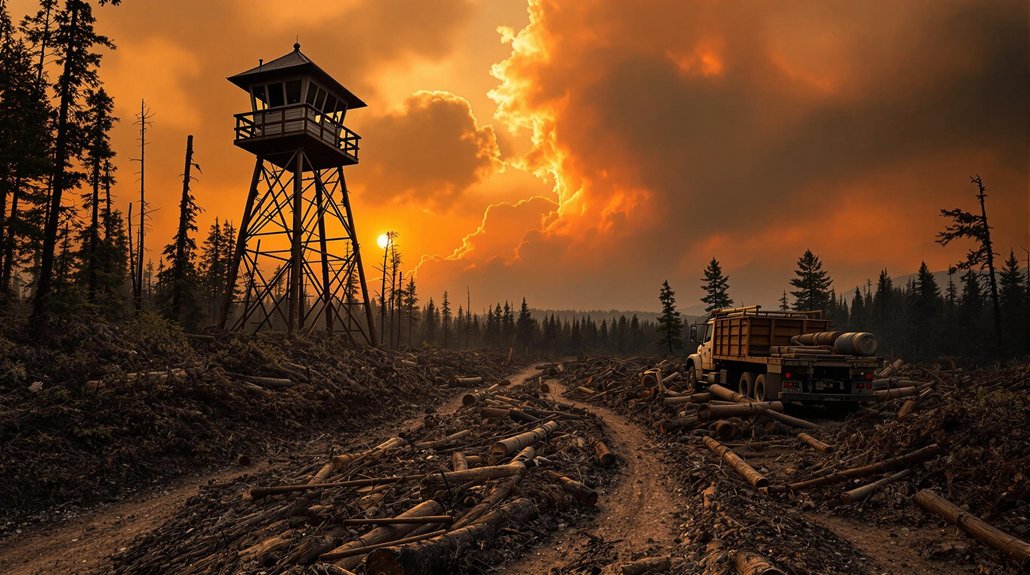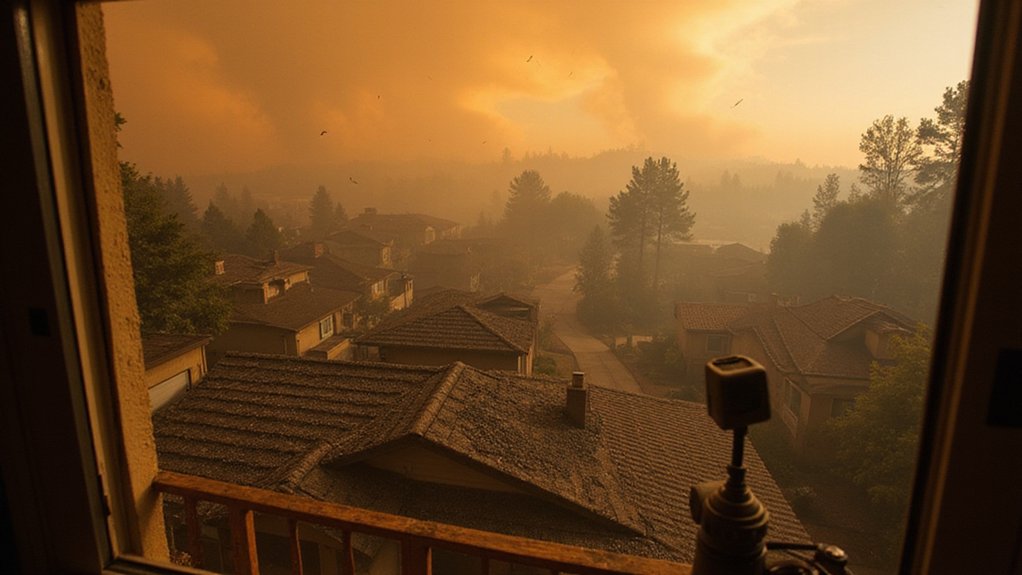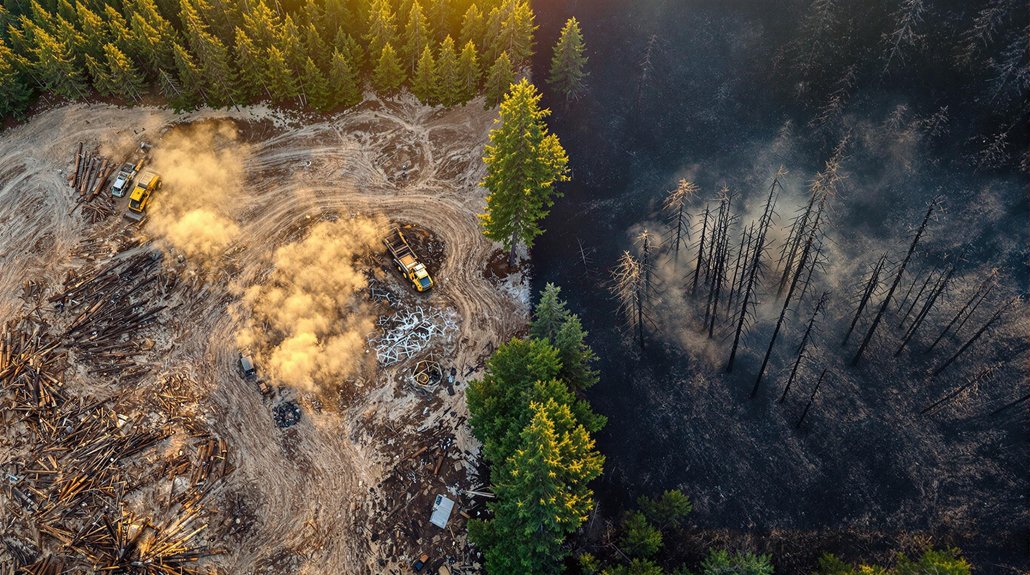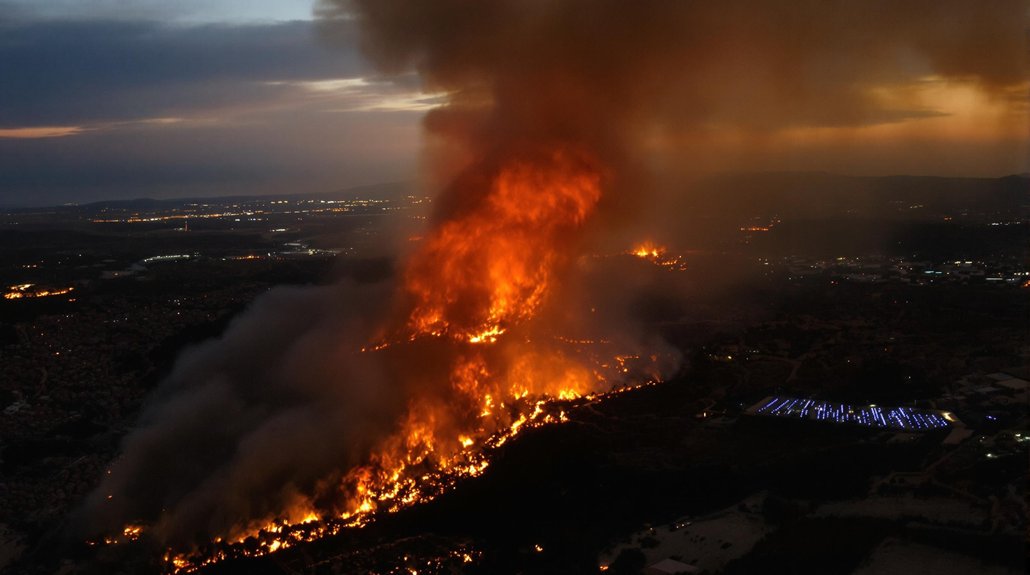Recent reports indicate the Trump administration has reduced wildfire fighting personnel despite public promises about safety. The cuts affected hundreds of positions in the U.S. Forest Service and similar agencies. These reductions come at a time when western states face increasing fire risks due to climate conditions. Former staffers express concern about the impact on fire prevention efforts. Communities in fire-prone regions now question if they’re adequately protected as wildfire season approaches.
The Trump administration has slashed thousands of positions across key federal agencies responsible for wildfire prevention and response, contradicting earlier assurances that essential safety operations would be maintained. Approximately 3,400 employees were cut from the U.S. Forest Service, while the National Park Service and National Oceanic and Atmospheric Administration each lost about 1,000 workers.
Many of the dismissed employees were directly involved in wildfire prevention efforts, including those who cleared debris, conducted controlled burns, and thinned forests to reduce fire risks. The cuts largely affected “probationary” employees – typically new hires or recently promoted staff who lack workplace protections.
The mass layoffs targeted vulnerable staff conducting essential wildfire prevention work, leaving forests dangerously undermanaged.
Funding for wildfire prevention programs has also been frozen, creating uncertainty and delaying critical risk-reduction projects. These freezes have impacted partner organizations and collaborative fuel-reduction initiatives, causing operations to stall even in high-risk areas. Prescribed burns and cleanup efforts have been canceled or delayed due to financial confusion.
The staffing reductions have created a ripple effect throughout wildfire response systems. Agencies report difficulties implementing directives due to vague executive orders. Training programs have been canceled, and the hiring process for new firefighters has slowed considerably.
Critics, including lawmakers and safety officials, warn that these cuts directly increase wildfire risks, especially in fire-prone western states. The National Federation of Federal Employees has expressed that continued staffing cuts will endanger public safety. With fewer staff to manage flammable vegetation, fires could burn more intensely during peak seasons. State agencies are now developing contingency plans to address the reduced federal support.
Workforce morale has plummeted amid the uncertainty, leading to higher attrition rates among already stressed firefighting teams. The challenges in recruiting and retaining personnel have left some critical positions filled by less experienced staff. Many dismissed workers like Josh Vega had firefighting certifications despite not being classified as primary firefighters, further weakening emergency response capacity.
Public concerns are mounting about preparedness for upcoming fire seasons, particularly as climate change creates more extreme weather conditions. Despite claims that safety operations would continue uninterrupted, the reduction in personnel and resources has created significant vulnerabilities in America’s wildfire defense systems.








